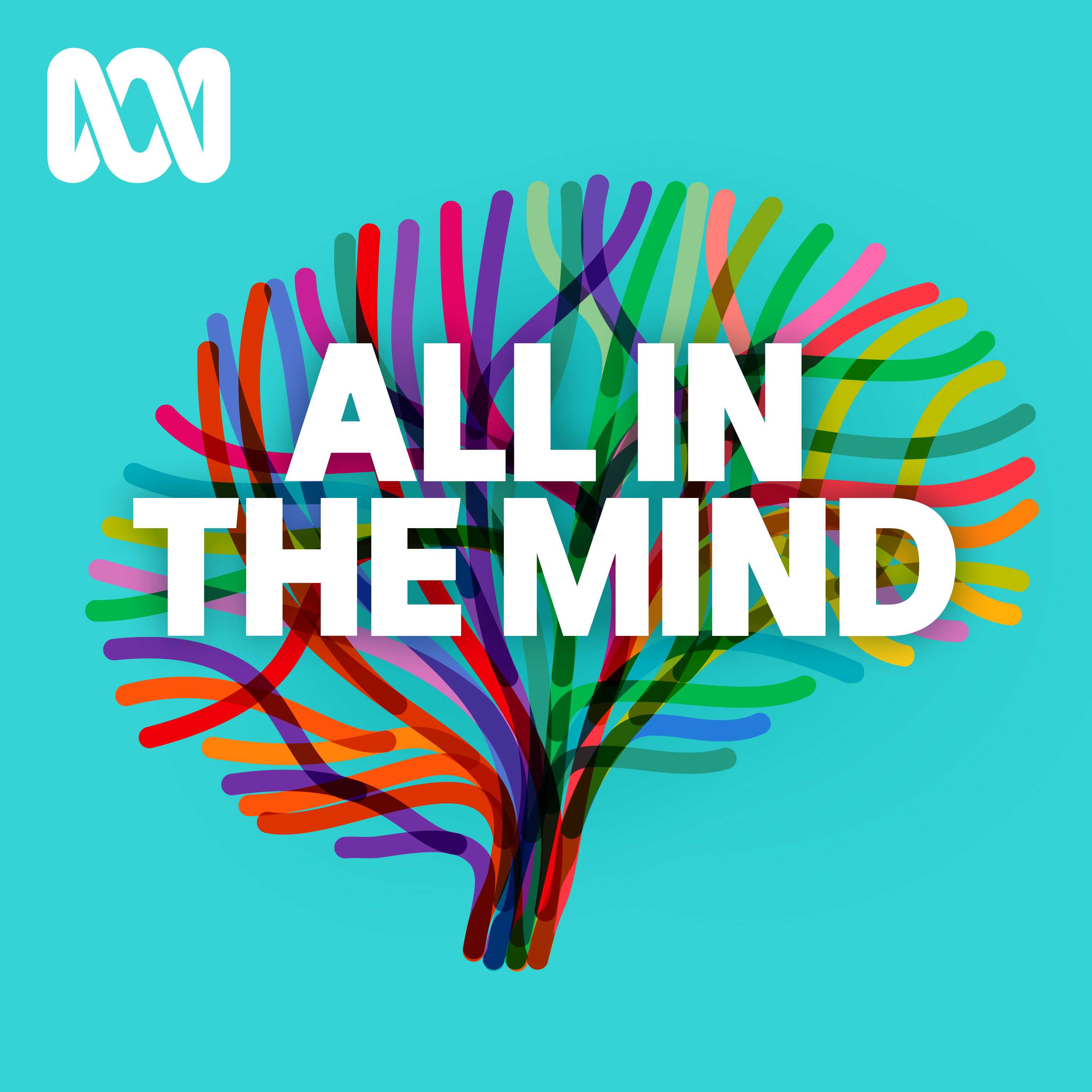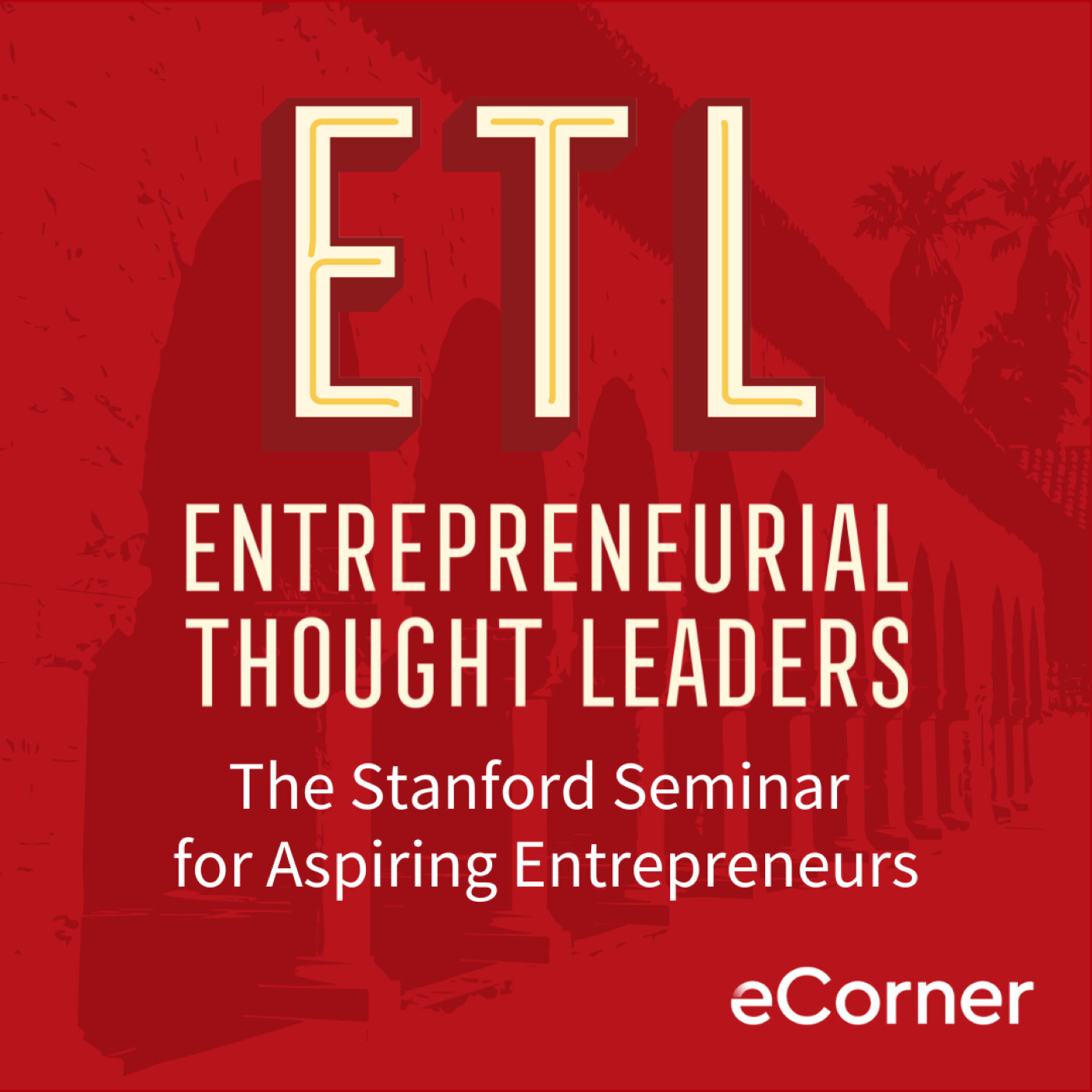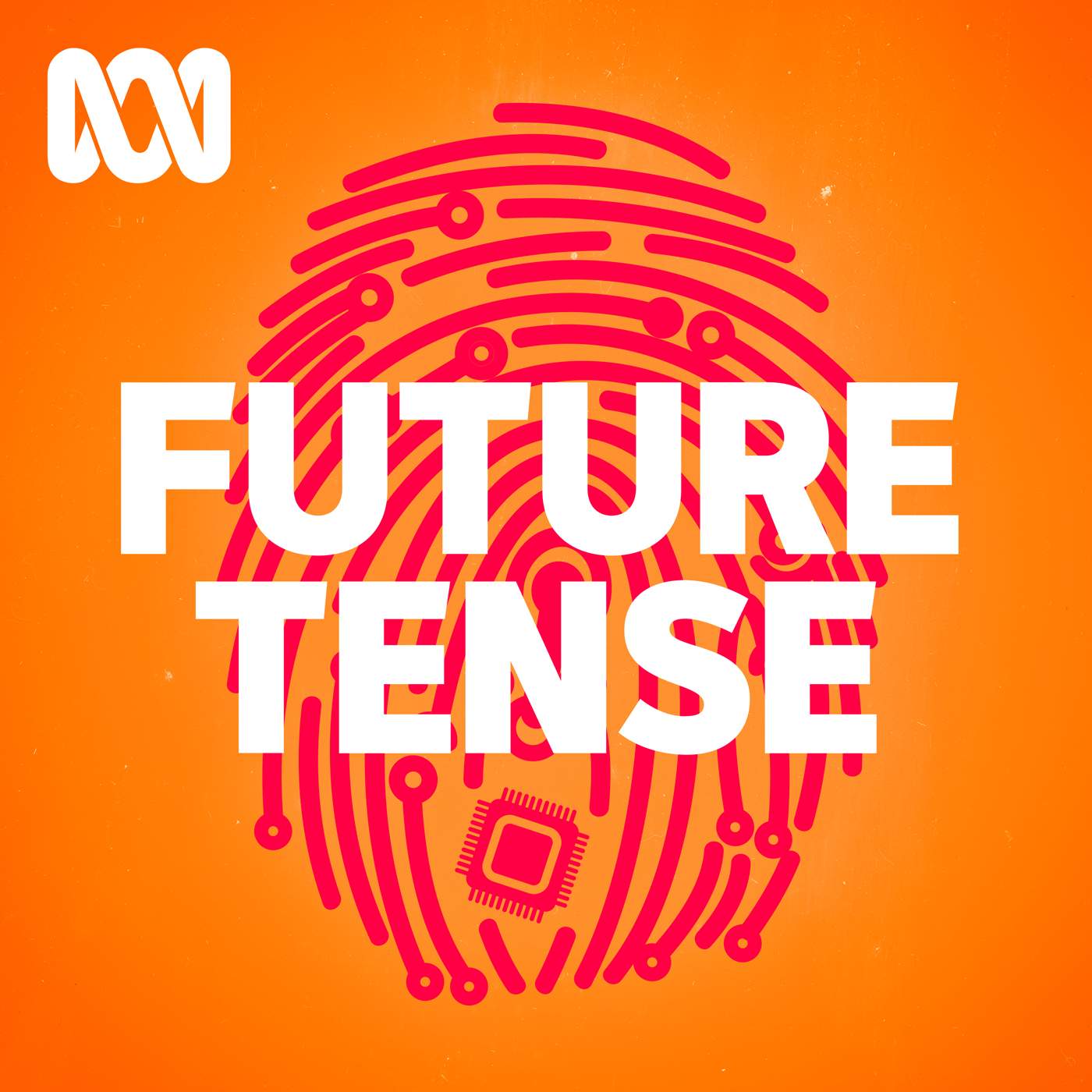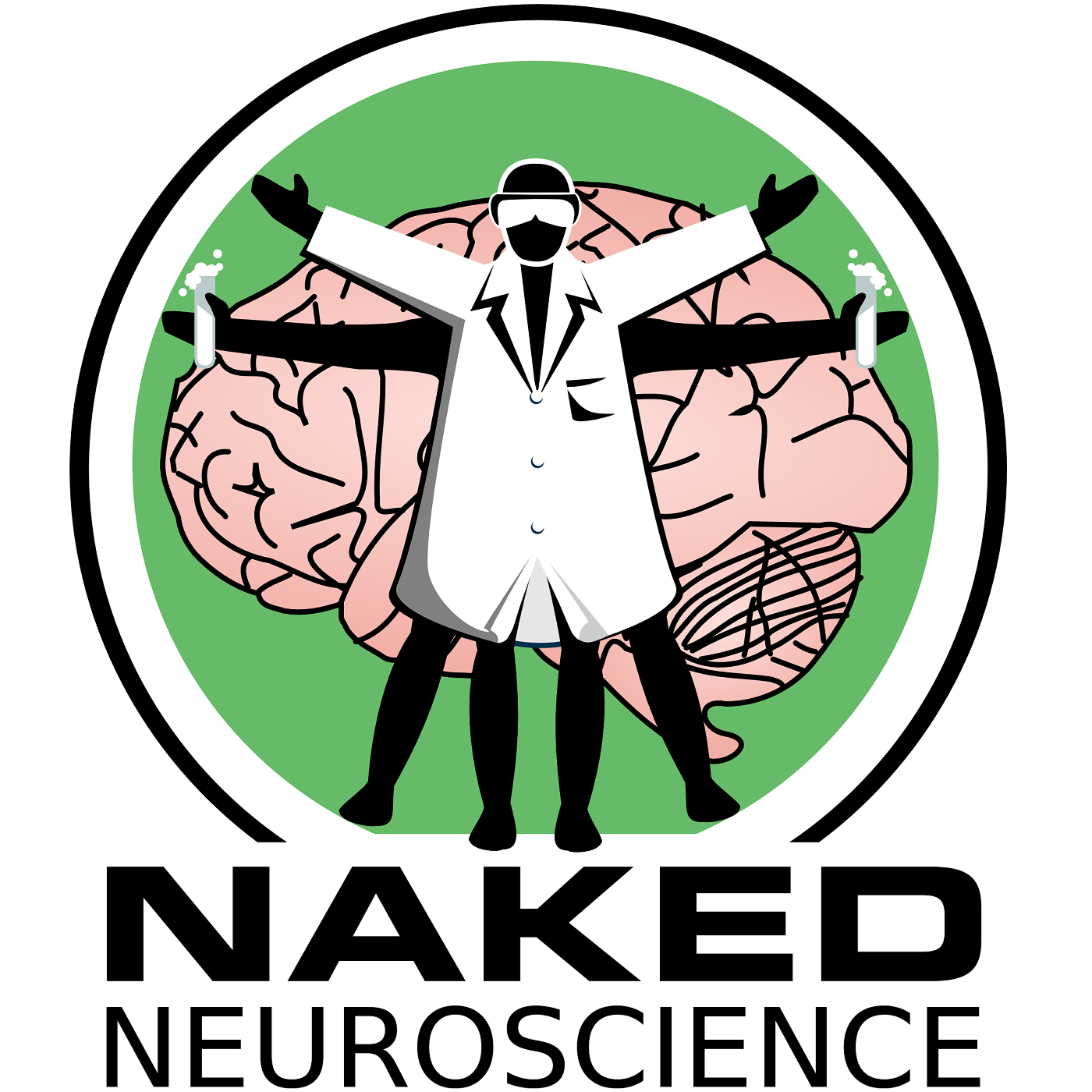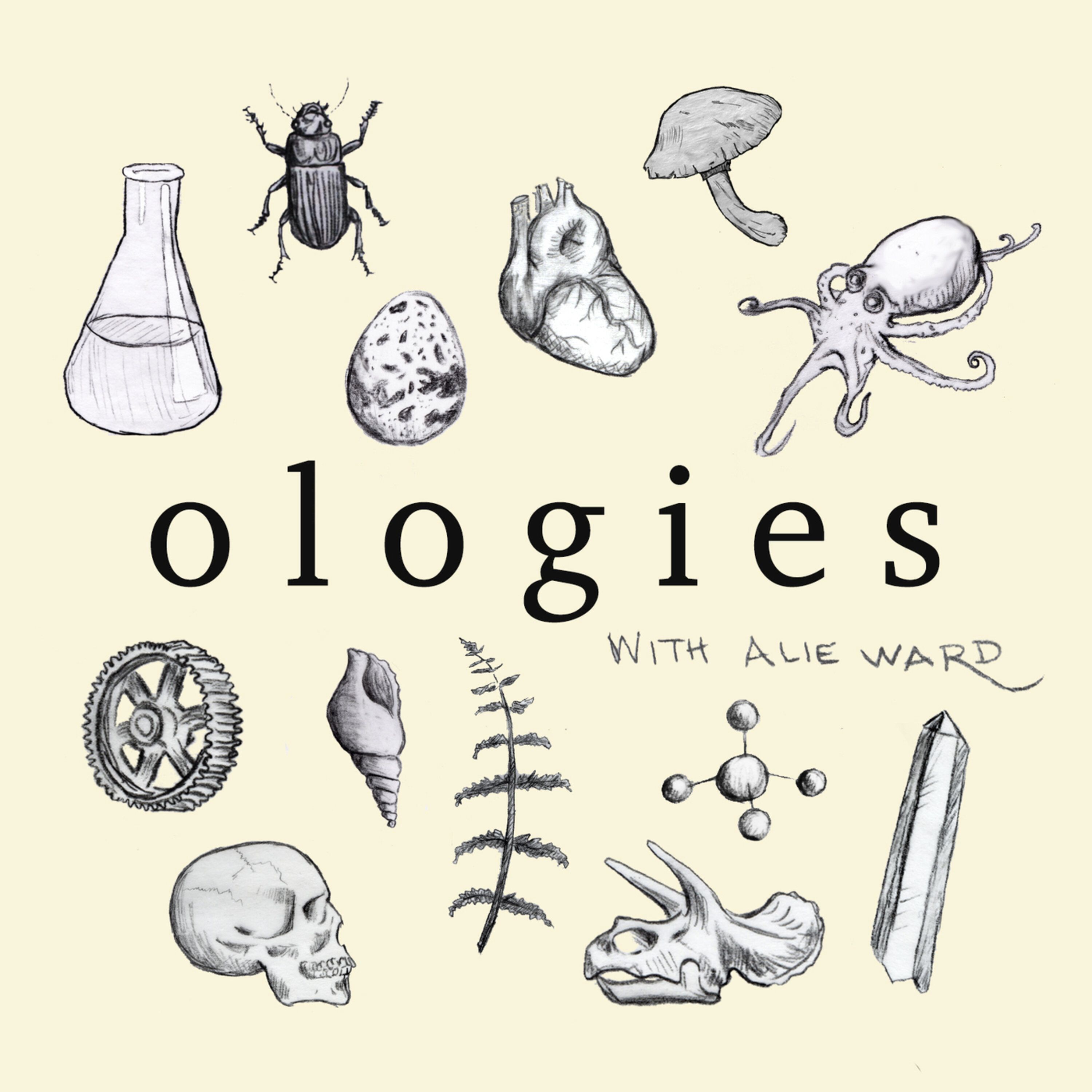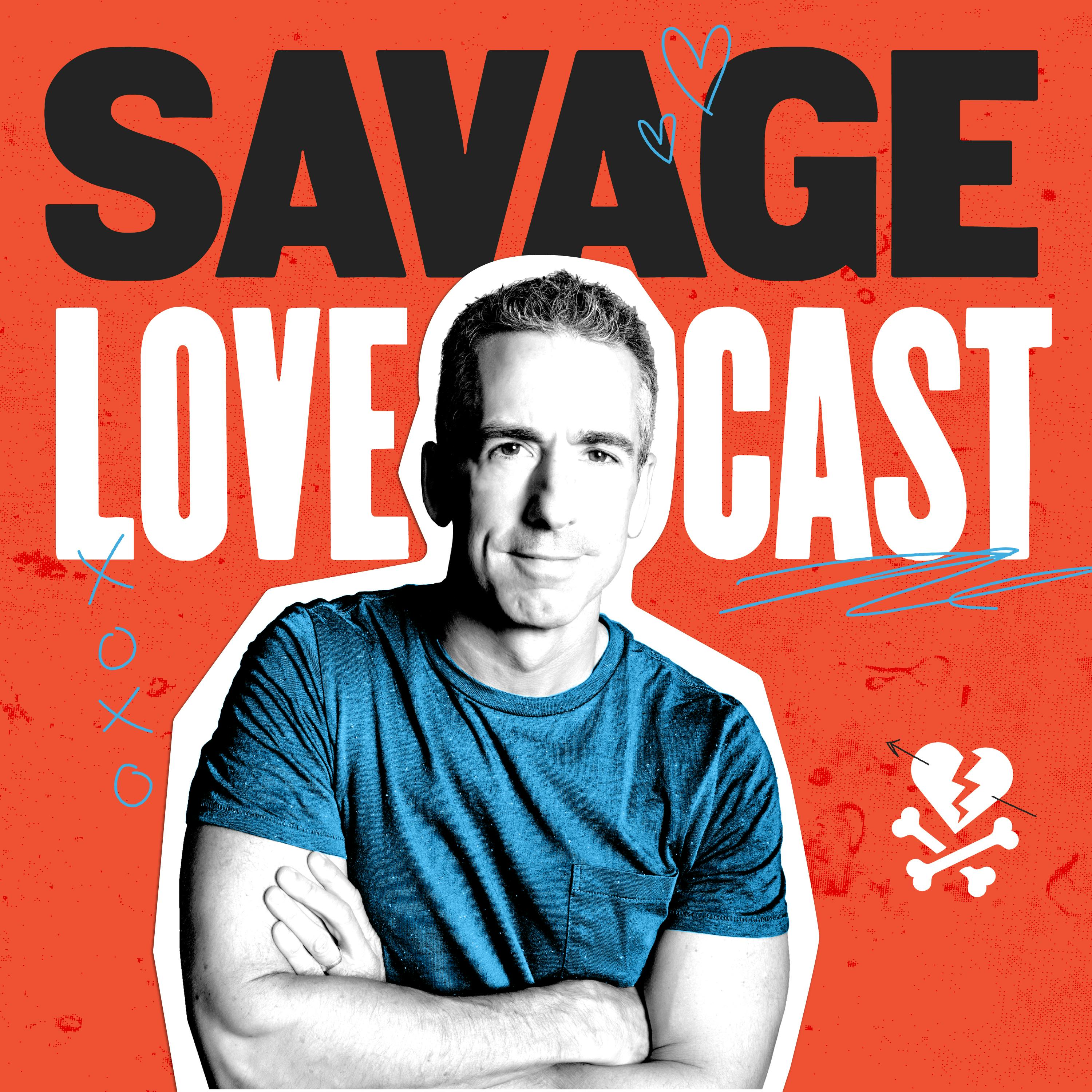
Heliox: Where Evidence Meets Empathy 🇨🇦
Join our hosts as they break down complex data into understandable insights, providing you with the knowledge to navigate our rapidly changing world. Tune in for a thoughtful, evidence-based discussion that bridges expert analysis with real-world implications, an SCZoomers Podcast
Independent, moderated, timely, deep, gentle, clinical, global, and community conversations about things that matter. Breathe Easy, we go deep and lightly surface the big ideas.
Curated, independent, moderated, timely, deep, gentle, evidenced-based, clinical & community information regarding COVID-19. Since 2017, it has focused on Covid since Feb 2020, with Multiple Stores per day, hence a sizeable searchable base of stories to date. More than 4000 stories on COVID-19 alone. Hundreds of stories on Climate Change.
Zoomers of the Sunshine Coast is a news organization with the advantages of deeply rooted connections within our local community, combined with a provincial, national and global following and exposure. In written form, audio, and video, we provide evidence-based and referenced stories interspersed with curated commentary, satire and humour. We reference where our stories come from and who wrote, published, and even inspired them. Using a social media platform means we have a much higher degree of interaction with our readers than conventional media and provides a significant amplification effect, positively. We expect the same courtesy of other media referencing our stories.
Heliox: Where Evidence Meets Empathy 🇨🇦
World Happiness Report 2025: Happiness, Benevolence, and Social Connection
See the related substack page to go deeper into happiness
We've been getting happiness all wrong.
That's the disturbing conclusion I've reached after diving into the latest global research on well-being. While self-help gurus push manifestation techniques and corporate America hawks "wellness" products, the scientific evidence points in entirely different directions—ones that powerful interests have little incentive to promote.
The truth about happiness isn't marketable. It can't be packaged into a $19.99 monthly subscription or a luxury retreat. And it certainly doesn't align with our hyper-individualistic, consumption-driven social model.
This is Heliox: Where Evidence Meets Empathy
Independent, moderated, timely, deep, gentle, clinical, global, and community conversations about things that matter. Breathe Easy, we go deep and lightly surface the big ideas.
Thanks for listening today!
Four recurring narratives underlie every episode: boundary dissolution, adaptive complexity, embodied knowledge, and quantum-like uncertainty. These aren’t just philosophical musings but frameworks for understanding our modern world.
We hope you continue exploring our other podcasts, responding to the content, and checking out our related articles on the Heliox Podcast on Substack.
About SCZoomers:
https://www.facebook.com/groups/1632045180447285
https://x.com/SCZoomers
https://mstdn.ca/@SCZoomers
https://bsky.app/profile/safety.bsky.app
Spoken word, short and sweet, with rhythm and a catchy beat.
http://tinyurl.com/stonefolksongs
Curated, independent, moderated, timely, deep, gentle, evidenced-based, clinical & community information regarding COVID-19. Since 2017, it has focused on Covid since Feb 2020, with Multiple Stores per day, hence a large searchable base of stories to date. More than 4000 stories on COVID-19 alone. Hundreds of stories on Climate Change.
Zoomers of the Sunshine Coast is a news organization with the advantages of deeply rooted connections within our local community, combined with a provincial, national and global following and exposure. In written form, audio, and video, we provide evidence-based and referenced stories interspersed with curated commentary, satire and humour. We reference where our stories come from and who wrote, published, and even inspired them. Using a social media platform means we have a much higher degree of interaction with our readers than conventional media and provides a significant amplification effect, positively. We expect the same courtesy of other media referencing our stories.
Welcome to the Deep Dive. Today, we're tackling something we all think about. What actually makes for a happy life, a good life? We've kind of plunged into a whole stack of research here, global surveys, psych studies, the works, to really pull out the key insights. Exactly. Think of it as... you know, your shortcut to what the science is actually saying about happiness and well-being. Right. Our goal isn't to overwhelm you with data, but to share some, frankly, surprising findings and hopefully some solid takeaways you can actually use. Okay, let's jump right in. First up, something pretty fascinating is, The power of kindness, of benevolence. Yeah. It turns out that doing good deeds, helping strangers, donating, volunteering well, these acts saw this massive jump worldwide right after COVID hit. Huge increase. And what's kind of wild is that even now in 2024, this stuff is still way up globally, over 10 percent higher than before the pandemic. And helping strangers specifically, the average increase globally was about 18 percent. That's substantial. It really is. But here's where it gets maybe even more interesting. It's about expectations. Expectations. we're often pretty bad at guessing how kind people actually are. Right. The lost wallet example. Tell us about that. Okay. So studies looked at this, right? Lost wallets get returned way, way more often than people expect, especially in Nordic countries. Like Norway, Sweden. Exactly. One study found an 81% actual return rate there. 81% compared to just 47% in other places studied. Okay. 81 versus 47. Big difference. Huge. But here's the expectation part. People in those Nordic countries, they only expected about a 47% return rate. So even where it happens most, they underestimate it. They do. And elsewhere, the expectation was even lower, like 28%. So yeah, we seem to have this sort of pessimism bias about community kindness. A kindness blind spot, maybe. That's a good way to put it. And this kindness, this benevolence, it's not just, you know, writing a big check or formally volunteering. No, it's broader. It's the whole spectrum. Formal stuff, yes. Yes. but also the informal everyday things, helping a neighbor, giving directions, just offering a hand. And does it matter where this happens? Like the community context? It seems to. The research suggests that when these acts happen within communities that are generally seen as caring and supportive, The well-being benefits get amplified. Ah, okay. So it's good for the giver, good for the receiver, but maybe extra good if the whole environment feels supportive. Precisely. It creates this positive feedback loop. So why do people do this? What drives this, especially towards strangers? Well, the research points towards certain personality traits like compassion and altruism. People who score higher on these tend to be more motivated to help others, even people they don't know. And that connects to their own well-being. Strongly. Higher compassion, higher altruism linked to greater well-being, more positive emotions. Interestingly, these folks also tend to have more balanced social support in their own lives. Not always taking, not always giving, but a good balance. That makes sense. And does the reason for helping matter? You know, am I doing it to feel good or because I genuinely care? Big time. The motivation is key. When the motive is genuinely other-focused, you want to help the other person that predicts higher life satisfaction, better self-esteem, feeling more connected. Okay. But if the motives are more self-focused, maybe trying to impress someone or just reduce your own guilt... those benefits can actually be undermined. Like the healthcare volunteer example. Exactly. Volunteers who were truly driven by wanting to alleviate other suffering reported higher life satisfaction compared to those maybe doing it for career reasons or other self-oriented goals. And what about choice? Does it matter if we choose to help versus feeling obligated? Absolutely. Freely chosen giving leads to greater happiness. It taps into that basic human need for autonomy, for feeling in control. Ah. There was this neat experiment where students were simply reminded that they had chosen to help out with something. Just that reminder made them report feeling happier afterwards. Wow. Just the reminder of choice. Yep. And another thing that boosts the joy, seeing the impact. Makes sense. Knowing you actually made a difference. Right. Another study... students donating to a charity. When the positive impact of their donation was made really clear and concrete, their happiness boost was significantly larger. So clarity matters. Okay, and how does my own helping behavior connect with what I think about other people's kindness? There's a link there too. The Gallup World Poll data from 2019 suggests that both things behaving pro-socially yourself and believing that others are generally benevolent contribute positively to your overall life evaluation. So it works both ways. Doing good and believing in good? Pretty much. Yeah. And that belief, that trust in others, fairness and kindness, it can act like a buffer. A buffer against what? Against negative life stuff. Unemployment, ill health, things like that. European social survey data looking back over 20 years showed this quite clearly. So if I think people around me are generally fair and helpful, getting laid off might not hit my happiness quite as hard. Exactly. The negative impact is softened. In countries where people generally see others as fair and helpful, the positive effect on life satisfaction is substantial. like four-fifths of a point on that 0-10 scale we often see. That's quite a big chunk. It is. It shows the power of that social fabric. Now, the research also mentioned kindness between countries, like foreign aid. It did, yeah. Things like official development assistance, ODA, and hosting refugees. These are seen as forms of international pro-social behavior. Though the motives can be complex, right? Not always pure altruism. Definitely. Politics, economics, strategy all played a role. But the research often focuses on untied ODA aid that doesn't require the recipient country to buy goods from the donor country. That's seen as perhaps a purer form of help. Which countries lead in that? In 2022, the list was topped by Norway, Switzerland, Sweden, Germany and Denmark. looking at it as a share of their GDP. Okay. And refugees. A huge issue. The number of forcibly displaced people globally shot up to over 122 million by mid-2024. Wow. And the regions taking in the highest proportion of refugees relative to their own populations were the Middle East and Africa. Right. And one last quick point on this benevolence theme, forgiveness. Yes. Just a brief mention, but important. Okay, so that's a lot on kindness and connecting outward. What about something more inward, more routine, like eating? Ah, yes, shared meals. This is another really strong finding. Strong how. Okay, so data from the Gallup World Poll again, 2022-2023, across 142 countries. It shows that regularly sharing meals with other people, lunch or dinner, is strongly predictive of greater life evaluations. More happiness just from eating together. And also increased positive feelings day-to-day and decreased negative feelings. It hit on multiple well-being metrics. Are there big differences around the world in how often people eat together? Oh, huge. Wow. Really stark regional differences in the frequency of dining with others versus eating alone. There's a figure in the report showing this quite clearly. But the benefit of eating together that holds up everywhere... And scenes too, yeah. Across regions, countries, cultures, genders, age groups. The positive link is there. Though some data hints it might be even stronger for younger people. Interesting. And is it just about having company or is there something specific about the meal itself? Good question. It looked like it goes beyond just being with others. Even when researchers controlled for various factors, socioeconomic status, loneliness, even just whether people had enough food to eat, the positive relationship between sharing meals and well-being remained significant. So there's something special about the shared meal context itself. It appears so. Which makes a trend in the U.S. kind of concerning. What's happening there? Well, the American Time U survey shows this clear, consistent trend. Americans are dining alone more and more. Even people who live with others. Yeah, I mean, obviously people living alone eat alone more often. That makes sense. But the relative increase among those who do live with family or roommates is also notable. And in 2023, the highest rates of eating alone were actually among young adults under 35. And does this connect to how connected people feel overall in the U.S.? It seems to. The research found positive correlations between sharing meals more often and And things like feeling socially supported, trust in others, reciprocity and negative correlations with loneliness. So more shared meals, more connection, less loneliness. Basically, yeah. And conversely, eating alone showed stronger negative correlations with those measures of social capital like trust and support. but a stronger positive correlation with feeling lonely. It really highlights how those simple routines can impact our social fabric. Potential policy implications there too, maybe. Absolutely. Thinking about how to foster connection, maybe encouraging shared meal spaces or times, could be part of the picture for community well-being. Okay, from meals to maybe the most fundamental social unit, family. How does the research frame the family's role in happiness? It often takes a systemic view. Meaning it's not just about your individual enjoyment within the family, but about the shared joy, the caring relationships, the whole dynamic contributing to everyone's well-being. Like the family itself is a source of happiness, not just the individuals in it. Exactly. And it also highlights something maybe we overlook. The family is often where we first learn those pro-social behaviors, that kindness we talked about earlier. It's foundational. Makes sense. Did the research look at things like family size? It did. Interestingly, looking at Mexico and Europe, the relationship between household size and life satisfaction wasn't just linear, like bigger is always better or worse. Oh. It seemed there might be a sweet spot. Both people living totally alone and people in very large households tended to report lower well-being on average. So not too small, not too big. Is there an optimal number? Well, the data suggested, for example, in Europe, the highest predicted life satisfaction was associated with a household size around three or four people, which is actually slightly above the current average there. Average is very globally, of course. And are family structures changing much globally? Definitely. Big trends. Average household size is shrinking overall, mostly driven by fewer children per family. Right. We're seeing a significant rise in single-person households, especially in Europe, but it's growing in Latin America, too. Also more single-parent families. But you also see more multi-generational living sometimes. Yes. In some regions, often linked to economic pressures or strong cultural norms, you see an increase in multiple generations sharing a home. So it's complex, different trends happening simultaneously. Does living in these different structures, like alone or as a single parent, impact well-being? The data suggests it often does. Individuals in single-person households and single-parent households, specifically those without other relatives present, tend to report lower life satisfaction on average. Even after accounting for money. Yeah, even after adjusting for economic factors. Interestingly, couples without children reported similar life satisfaction levels to couples with children. So it wasn't just about having kids or not, but maybe that partnership aspect or avoiding those specific single-adult household structures. That seems to be part of the picture, yes. The research tried to unpack why these well-being costs exist by looking at satisfaction in different life domains, like finances, health, social life, within these different family configurations. You're trying to pinpoint the source of the lower satisfaction. Exactly. So what's the takeaway for, say, policymakers? I think it really emphasizes that we need to think beyond just income or GDP when measuring societal progress. Economic policies should probably recognize how crucial family relationships and structures are for overall well-being. Maybe we should be tracking family well-being as a key indicator. That's a powerful thought. Okay, let's zoom in on a specific group often in focus, young adults. How critical is social connection for their happiness? Absolutely vital. For young adults, strong social connections act as a really important buffer against stress and, and are fundamental to their overall well-being. But are they actually getting these connections? Is disconnection a problem? It seems to be, and potentially growing in some places. The U.S. and South Korea are mentioned specifically as seeing rises in social disconnection among youth. And globally. Globally, the data indicates a slight but steady decrease in the overall quality of social connection reported by young adults between 2006 and 2023. We're talking about a small percentage increase each year in those feeling they have no one to count on. But that adds up to millions more young people feeling isolated over time. That's worrying. We know connection and happiness go together, but is it just correlation or does connection cause happiness? Great question. There's definitely a strong correlation. Happier people report better connections, more social people tend to get happier, but the evidence for a causal link is growing stronger. How do they show that? Through experimental studies. For instance, randomly assigning people to engage in more social activities often leads to measurable improvements, lower stress hormones, better emotional regulation, more positive moods compared to control group. So actively being social can directly improve mental health. The evidence points that way. There was even a study suggesting that just acting more extroverted for a week boosted positive moods. Even for introverts. Even for introverts. And interestingly, the benefit seemed to come from the quality of the interactions during that week, not just the sheer number of them. behaving in a more outgoing, warm way seemed key. Fascinating. What about the bigger picture, like our social networks? Yeah, network science comes into play here. The structure of your social network matters too. Things like how dense it is, how much your friends know each other. Is denser better? Generally, yes. Dense networks are linked to higher well-being. But there's a catch. If your network is too homogenous, everyone is too similar, that can actually undermine happiness sometimes. So balance seems important connection, but also some diversity. And this ties back to the U.S. situation. Young adults there. It does, unfortunately. The research highlights this concerning trend. where U.S. young adults report the lowest happiness and the lowest social connection levels across all age groups in the country. Why might that be? The Stanford Communities Project had some ideas, right? They did. One key concept they identified is the empathy perception gap. Empathy perception gap? What's that? It's when young people feel less connected, because they perceive their peers as being less empathetic and caring than those peers actually report themselves to be. So I think you don't care as much as you actually do, and that makes me feel disconnected. Exactly. It creates this invisible barrier based on a misperception. And do these connections, or lack thereof, early on have lasting effects? Very much so. Longitudinal data from that Stanford project showed that friendships really impact well-being trajectories over time. Gaining a close friend significantly increased the likelihood of someone's well-being improving, while losing one increased the chance of it declining. So those early social ties really matter long term. They do. And it's not just your direct friends. Your broader social environment plays a role, too. Like your dorm or neighborhood. Precisely. It did this clever analysis using Stanford's random housing assignments. Students assigned to dorms that happen to develop a more interconnected social structure, higher hall density, ended up having better mental health outcomes over the year, even beyond the effect of their own individual friendships. Wow. So the whole social climate matters. It creates a sort of social microclimate that impacts everyone in it. And going back to that empathy gap. Yeah. If you mistakenly think others aren't empathetic or won't respond well, you might become more socially rift-coverse. Yeah. You might hesitate to reach out, initiate conversations, or deepen relationships, even if you really desire connection. This can lead to isolation. A self-fulfilling prophecy based on a misread of others? Kind of, yeah. Yeah. But the good news is they found ways to fix it. Oh, wow. They ran interventions. Some simply highlighted the actual levels of empathy that existed in the community, correcting the misperception. Others used small behavioral nudges to encourage social outreach. And did it work? It did. These interventions successfully reduced that empathy perception gap. And as a result, students started taking more social risks, initiating conversations, inviting people to things, and ultimately reported having larger networks of close friends. That's really encouraging. Simple interventions can make a real difference. It seems so. And just one more quick point here. The research also notes that having a diversity of relationship types, family, close friends, work colleagues, acquaintances, is also linked to higher well-being. It's not just about depth, but breadth, too. Right. Different kinds of ties matter. And is technology or policy part of the solution here? There's definitely growing interest. People are exploring things like AI companions to combat loneliness, but also policy-level interventions aimed at fostering social connection and tackling isolation, particularly for young people. OK, a complex picture for young adults. Now, let's shift to a more somber topic mentioned in the research. Deaths of despair. Right. This refers to deaths from suicide, alcohol related causes and drug overdoses. And the trend is concerning. Very much so in some countries. Yeah. The U.S. and South Korea stand out again with notable rises. Globally, back in 2019, the average was around 23 such deaths per 100,000 people. Are there differences across groups? Stark differences. The rate for men was nearly four times higher than for women globally. And rates for older adults, 60 plus, were more than double those for young adults, 15 to 29. Though suicide is often a leading cause for the young. And the research connects us back to... Pro-social behavior. Yes. It explores the hypothesis that being pro-social, engaging in that kindness and helping behavior we discussed might act as a protective factor against these deaths of despair. OK. What did the trends show before the pandemic bump in kindness? Generally, before that post-COVID increase, most countries actually saw a decrease in engagement and pro-social behavior between around 2005 and 2019. So less helping behavior overall leading up to the pandemic. In many places, yes. Yes. But the analysis looked at the link across countries, and it found a statistically significant association. Countries with higher levels of pro-social behavior tended to have fewer deaths of despair. Even after accounting for other factors? Yeah, they controlled for things like quality of governance, health spending, social support, freedom, corruption, even religiosity. The link held. Can you quantify that link at all? Roughly, yes. A 10 percentage point increase in the share of the population engaging in pro-social behavior was associated with about one fewer death of despair per 100,000 people per year. The UK was used as an example where such an increase could theoretically save hundreds of lives annually. Wow. And did this apply equally across age and gender? Yeah. The association was particularly strong and statistically significant for men, especially those in later life, age 60 and over. The magnitude of the effect was larger for them. Similar results were found when looking specifically at donating money. So being prosocial seems especially protective for older men, a group with high rates of these deaths. That's what the data suggests. They also looked at broader social capital measures. Like trust. Right. Social trust and also membership in groups or associations. As you'd expect, higher levels of both were also associated with fewer deaths of despair. Okay. But what about countries like Finland? High happiness scores, but also relatively high deaths of despair rates historically. How does that fit? That's the Finnish puzzle. The research addresses this. It points out that changes in average life satisfaction scores don't perfectly mirror changes in deaths of despair rates. They aren't perfectly correlated? No. Less than 10% of the variance in one explains the variance in the other, according to this analysis. So it's entirely possible for a country to be generally happy but still have pockets of deep despair or specific issues leading to these deaths, allowing for exceptions like Finland. Got it. So they aren't just inverse measures of the same thing. Exactly. And when they standardized all the variables to compare sensitivity, deaths of despair seemed more sensitive to changes in pro-social behavior and the population's age structure, especially the proportion of older adults. Whereas life satisfaction was more sensitive to... GDP per capita. The economic factors. Interesting distinction. So the policy implication here is. It really circles back to the idea that investing in conditions that support and encourage pro-social behavior could have really broad societal benefits, potentially even helping to reduce these tragic deaths of despair. Right. OK, let's connect happiness now to the political sphere. The research touches on populism, trust and satisfaction. Right. What's the angle here? Well, it acknowledges the shift we're seeing in many places. Traditional voting patterns based on, say, economic class are weakening. And we're seeing more support for anti-system parties. Exactly. Both on the populist right and the far left. The framework proposed in the research suggests that our subjective attitudes, specifically our life satisfaction and our level of trust in other people, are crucial for understanding these trends. How so? Let's start with life satisfaction. Okay. One key finding, especially looking at Europe, people with low life satisfaction are particularly likely to be dissatisfied with how democracy is working. And this holds true whether they trust people or not. Low satisfaction equals high democratic dissatisfaction. Got it. And where does trust come in? Trust seems to be a key divider, especially among those already dissatisfied people when it comes to cultural values. Like views on immigration or LGBTQ plus rights. Precisely. The research found that people with low life satisfaction and low social trust tend to hold much more negative views on issues like homosexuality and immigration compared to those with low satisfaction but higher trust. So low satisfaction opens the door to dissatisfaction with the system and low trust pushes people towards more culturally conservative or exclusionary views. That appears to be the pattern suggested by the data. It also looked at support for income redistribution. Generally, support for redistribution is linked to higher social trust but lower life satisfaction. People who trust others but feel personally left behind are more likely to support redistribution. OK, that's attitudes. How does this translate to actual voting? Let's take Western Europe. Right. In Western Europe, high life satisfaction generally predicts voting against far left and far right parties. Makes sense. Satisfied people stick with the mainstream. OK, but among the dissatisfied. That's where trust splits things. Low trust is mainly linked to voting for the far right and sometimes mainstream right. But far left voters tend to report low life satisfaction combined with relatively high social trust. So far left, unhappy but trusting. Far right. Unhappy and distrusting. That's the general pattern identified. The French elections were used as a specific example, showing both Le Pen and Mélenchon voters reported low life satisfaction, but Le Pen's voters had significantly lower social trust. And does this apply in the U.S. context, too? Similar dynamics seem to be at play. Looking at the 2020 U.S. election, Trump voters generally reported lower satisfaction with democracy and held less favorable views on immigration, LGBT adoption and government intervention to reduce income inequality compared to Biden voters. OK. What about the overall trends in satisfaction and trust? Are they changing? Yes. And it's quite concerning. The U.S. has seen a sharp fall in average life satisfaction satisfaction. since 2023, which is striking because GDP per capita has been rising. So the economy is growing, but people are feeling worse. That's the paradox. Western Europe has seen a similar, though maybe less dramatic, downward trend in life satisfaction since the 2020s. Social trust, meanwhile, has been relatively stable or slightly declining in Europe, but has shown a more consistent negative trend across most groups in the U.S. recently. And are certain groups feeling this decline more sharply? Yes. Yes. Young people, particularly those under 30, and especially young women, have experienced really steep declines in life satisfaction in both Western Europe and the U.S. That's a major flag. Wow. So young people are driving a lot of this downward trend in happiness. They seem to be disproportionately affected, yes. Yeah. And the combination of low life satisfaction and low social trust, which the research terms the anomics, is linked strongly to voting for far-right parties or, in the U.S. context, potentially abstaining or withdrawing from the political process. And what might be driving this drop in satisfaction, if not just the traditional economic indicators? The research suggests we might need to look more closely at things like feelings of financial insecurity, even amidst growth, and rising levels of loneliness and social disconnection, which we discussed earlier. These factors might be eroding well-being in ways GDP doesn't capture. Right. The subjective experience matters hugely. OK, for our final section, let's talk about money again, but in a different way. Spending it on others. Can money buy happiness for other people? Yes, that's the angle here. It's about charity effectiveness. Researchers are trying to measure and compare how much well-being charities actually produce per dollar spent. Using what measure? They use a concept called Well-Be Adjusted Life Years. It's an attempt to quantify the happiness impact. Okay, well-bees per dollar. And what's the big finding? The absolutely dramatic variation in cost-effectiveness between charities. It's not small differences we're talking about. The best charities evaluated seem to be hundreds, literally hundreds, of times more effective at generating well-being per dollar than others. Hundreds of times? That's incredible. It really is. And it suggests a huge opportunity for donors to multiply their positive impact simply by choosing more effective organizations. Is there much data on this? Like, for well-known charities? That's one of the gaps, actually. There aren't many published, well-being-based evaluations yet, especially for large household-named charities, or for typical acts of giving, like, say, directly helping a homeless person on the street. Okay, but explain well-bees a bit more. How are they calculated? Conceptually, one well-be represents one year of life lived at maximum well-being or happiness. So the calculation tries to estimate how many well-bees or fractions of a well-be are generated by a charity's intervention divided by the cost of that intervention. It looks at the increase in well-being and the duration of that increase. Got it. Increase times duration per dollar. And the research provided a table comparing some charities. Yes. Table 8.1 in the source material summarizes 24 evaluations. The range in cost per well-being is just staggering. It went from under $20 per well-being for the most effective.$20 for a year of full well-being. To over $35,000 per well-being for the least cost effective in that sample. Wow. What kinds of charities were at the top? The top five were all operating in low and middle-income countries, LMYCs. Their average cost was around $18 per well-being. And how did that compare to, say, charities in wealthier countries? Well, the sample included seven UK-based charities, and their average cost per well-being was over $2,500. So a massive difference compared to that $18 average for the top performers in LMICs. What explains such a huge gap? Several factors likely contribute. Operating costs are lower in LMICs, obviously. Many top performers rely heavily on volunteers, but also the type of intervention matters. Like what? Mental health interventions, like the Friendship Bench program in Zimbabwe or Strongwines in Uganda, which used trained lay health workers to deliver basic therapy, came out as extremely cost-effective in boosting well-being. So targeted mental health support in low-resource settings can be incredibly impactful per dollar. Highly impactful, yes. The research also did some rough back of the envelope calculations for hypothetical charities in high income countries, Canada and the UK. What did they look at? One focused on direct cash transfers to low income individuals and another on providing housing and support for people experiencing homelessness. And how did they stack up? They appeared significantly less cost effective than the top charities working in LMICs. The estimated cost per well-being was around $20,000 for the cash transfer example, and over $35,000 for the homelessness support example. So orders of magnitude more expensive to generate the same amount of well-being compared to those top LMIC charities. Based on these estimates, yes. It highlights that where you give can matter as much as how much you give if maximizing well-being is the goal. Are there limitations to this kind of analysis? Oh, definitely. The authors acknowledge them. It's hard to capture potential spillover benefits to the wider community. Evaluating charities with very long-term goals. like climate change advocacy or some forms of education, is also really difficult using this framework right now. So it's not the whole picture, but a useful lens. Exactly. A useful lens, especially for interventions with more immediate and measurable impacts on individual well-being. What's the takeaway for someone wanting to donate then? It suggests that if maximizing your impact on happiness is a key goal, you should really consider cost-effectiveness. Look for organizations that evaluate their impact and are transparent about it. Resources like GiveWell specialize in identifying highly effective charities, often in global health and development. But what if those highly effective charities don't feel as emotionally connected to me? That's a common dilemma. One strategy suggested is maybe splitting your donations. Give some to those proven, highly cost-effective charities to maximize impact, and give some to causes that personally resonate with you, the Heartstrings Projects, to maintain your motivation and connection to giving. A mix of head and heart. That's all I get. And just quickly on fairness, does this focus on cost-effectiveness? Ignore equality. Good question. Does it just focus on the easiest wins? Yes. Well, often the most cost-effective interventions actually target the very worst-off people, like those with severe mental health issues in poor countries or extreme poverty. So incorporating an equality weighting would likely reinforce the finding that these charities are high-impact, not contradict it. OK. And clearly more research is needed here. Absolutely. We need more charities evaluated using a well-being framework, covering a wider range of causes and contexts to really build out this picture. OK, fantastic. So as we rack up this deep dive, let's just quickly pull together the main threads. Sounds good. We started with the really surprising power of benevolence and kindness. How expecting it matters, how we underestimate it, and how doing good boosts well-being, especially when it's voluntary and motivated by care for others. Then the importance of social connections, highlighted by something as simple as sharing meals. How that basic act predicts higher well-being globally, even as it declines in places like the U.S. And the foundational role of family. Thinking of it as a system and how different structures impact happiness, urging a policy focus beyond just economics. Right. We touched on the specific challenges young adults face with connection, the empathy gap, but also potential interventions. We also looked at that sobering link between lower pro-social behavior and higher deaths of despair, especially for older men, suggesting kindness is protective. And how happiness and trust intertwine with political attitudes. potentially driving support towards or away from populism with concerning trends and declining satisfaction, particularly among the young. And finally, that eye-opening look at charitable giving, how money can buy happiness for others, but the impact varies dramatically, making informed choices really powerful. It really paints a picture where our connections, our kindness, our core relationships, and even our perceptions of others are fundamentally tied to our happiness and the health of society. Okay. Absolutely. Understanding these factors feels incredibly valuable, doesn't it? Not just for maybe tweaking our own lives, but for thinking about the kind of communities and societies we want to build. Definitely gives you a lot to think about. So maybe a final thought for everyone listening, reflecting on all this, what's one small shift you could consider? Maybe reaching out to check on someone. prioritizing a shared meal this week, or perhaps looking into how you can make your own acts of giving even more impactful. Just something to mull over. Great food for thought. Thank you for joining us on this deep dive.


